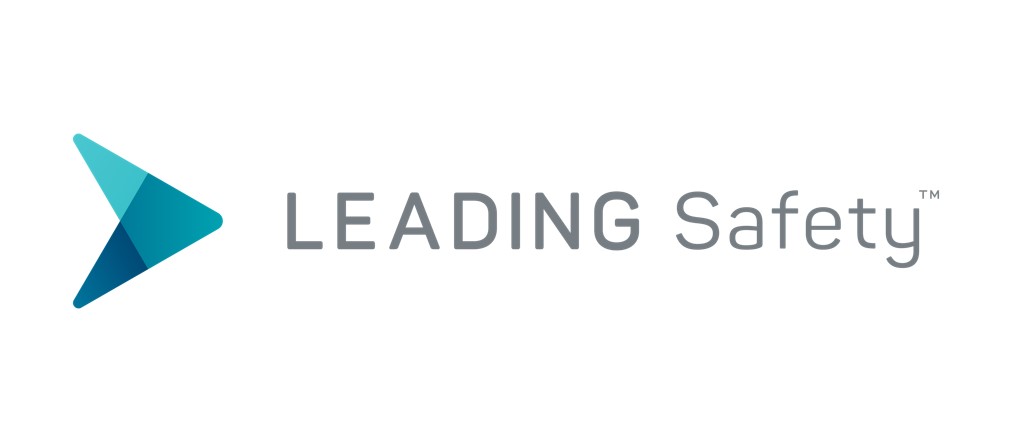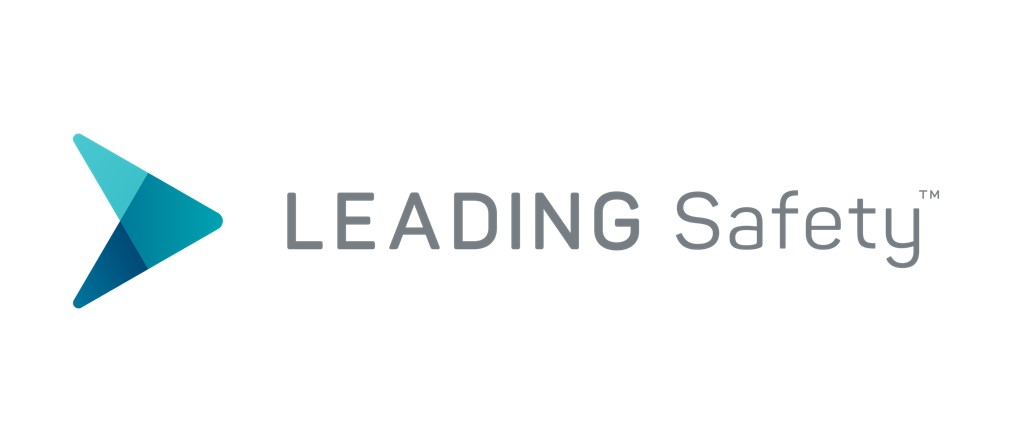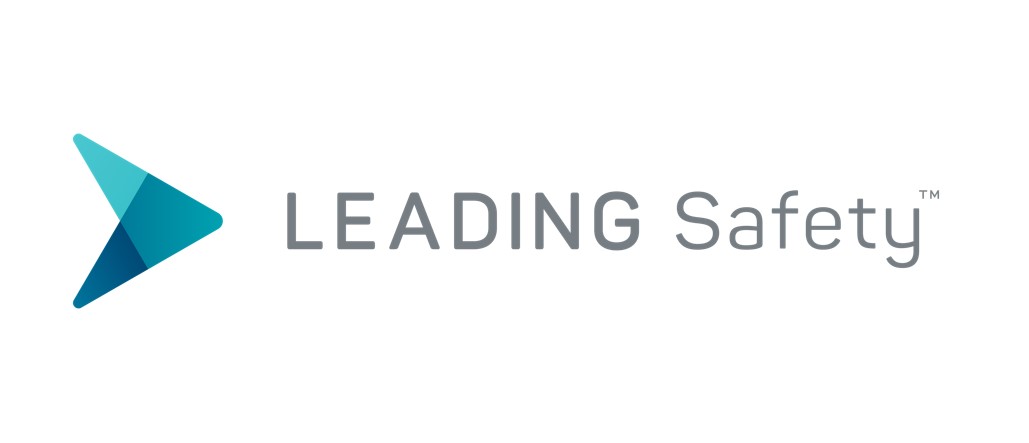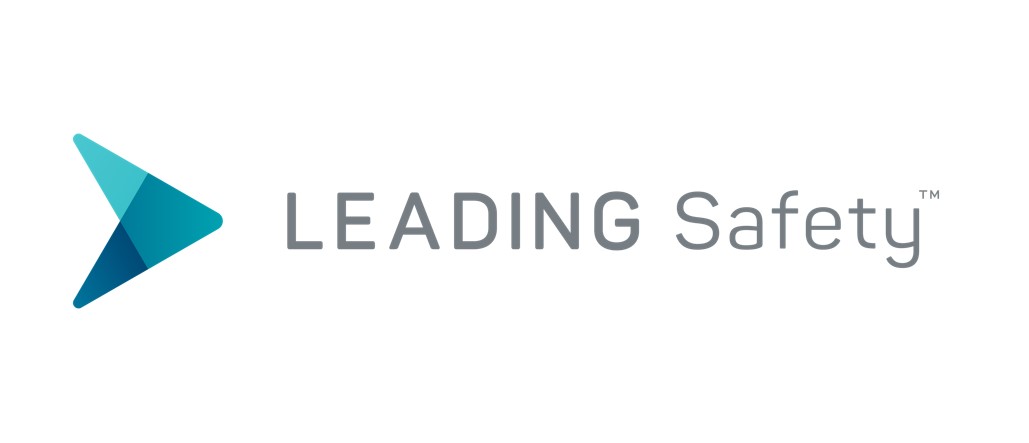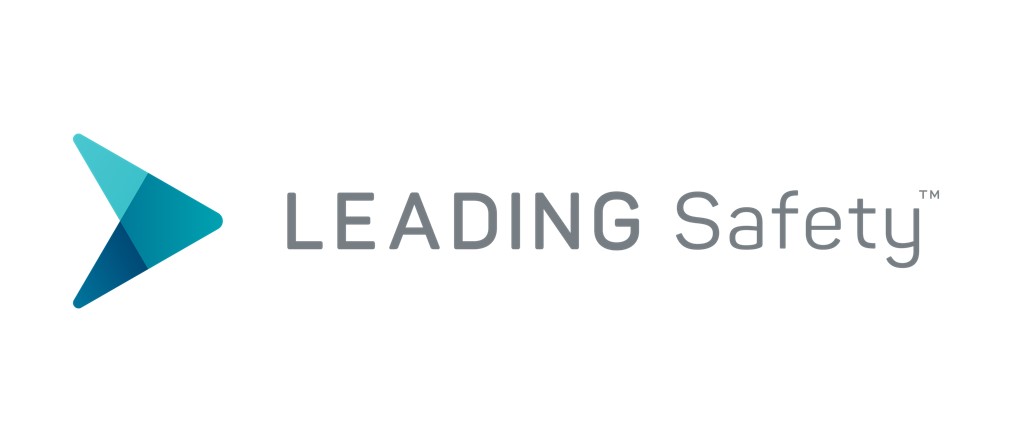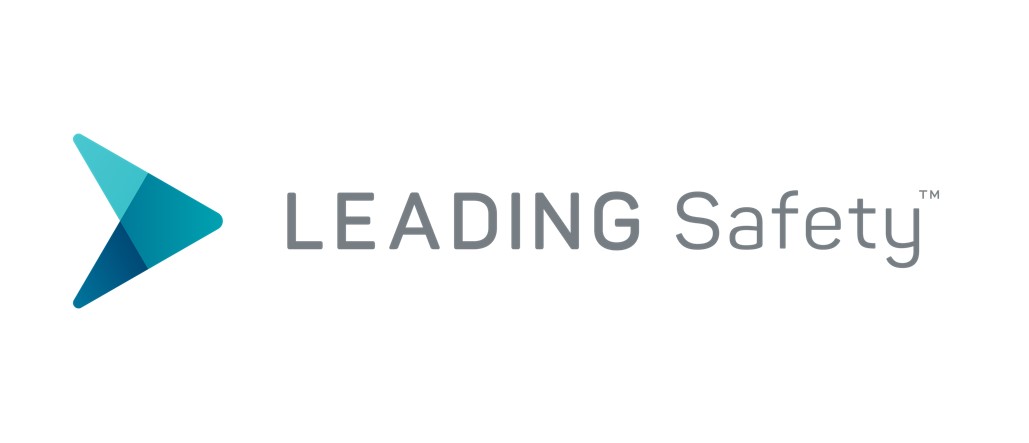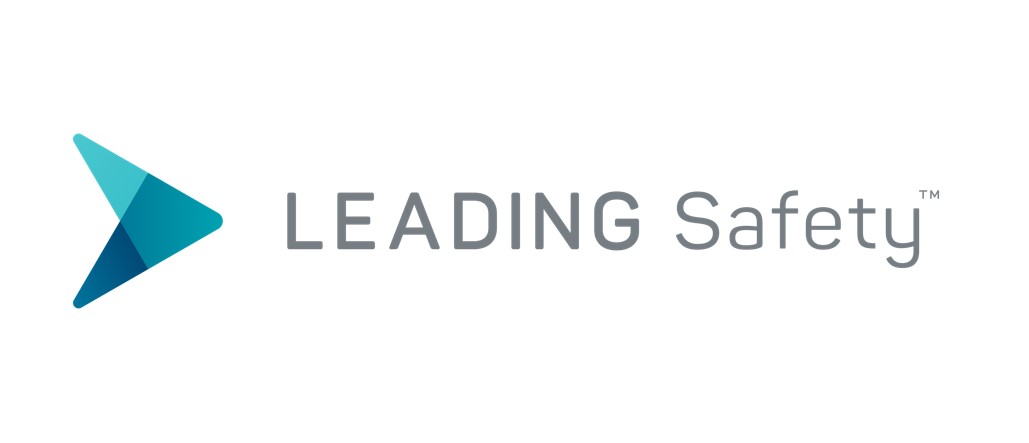Title Page
-
Site conducted
-
Conducted on
-
Manager completing risk focus verification
-
Manager has completed Leading Safely at Target training course
-
Verification must be led by member of management team up to date with Leading Safely at Target
Team members supporting manager
-
Add name of team member
Risk methodology
-
For each Hazard the following process has been applied to identify hazard, outline risk value and outline existing controls for verification.<br><br>Step 1. Identify Hazard and outline detail.<br>e.g. Risk of collapse of structure, crushing customer on sales floor.<br>e.g. Risk of laceration to customer / team member due to sharp edges of structure.<br><br>Step 2. Assign Risk Level based upon Risk Value with controls in place.<br>Severity – What is the most likely consequence/outcome that would result from the hazard?<br>Likelihood – What is the chance of an incident occurring and the chosen severity, being the outcome?<br><br>Step 3. Outline existing controls in place or already instigated <br>e.g. Redesign: Structure has been engineering and tested to hold minimum 250kg.<br>e.g. Elimination: Edges have been bevelled to eliminate sharp edges on unit.
-
Severity & Likelihood Table
-
Risk Table
-
Risk control table
Cages (TA 307)
Cages - Set-up, use, storage & transport
-
Confirm all controls listed are in place. If control not in place, generate "Action" and close out
Step / Topic - Design and maintenance of cage
Hazard (including outcome): Design of cage not suitable for load being moved: Low - 3D
-
National - Safe working load of the cage is 500Kg and detailed on information plate attached to the cage. Cage has two fixed rear casters & two swivelling forward rollers. Fixed wheels are coloured RED and swivel coloured GREEN. This wheel combination increases steadiness of load on sloping surfaces (5 degrees MAX slope which is 1:11 slope. A typical pedestrian access ramp in Target is 1:14 [4 degrees] so the loaded cage can traverse this slope).
-
Site - Cages have safe work load signage of 500kg displayed.
Step / Topic - Maintenance of cage
Hazard (including outcome): Maintenance of cage not completed leading to failure of cage components: Medium - 3C
-
National - Equipment is subject to preventative maintenance schedule to inspect and check equipment is safe and functional.
-
Out of service tag
-
Site: Cages inspected prior to use and tagged out of service if not safe for use. If equipment is faulty, team tag it out of service and report it to the Line Manager so that repair can be arranged. <br>Faulty equipment is never used. Out of service tags are easily accessible.
Step / Topic - Set up of cage
Hazard (including outcome): Assembling the cage from a nested position resulting in soft tissue or hand injuries. Risk Rating with site controls in place: Medium - 3C
-
National - Team members complete Team Member Training Program which covers key safe use controls of setup, use, moving and transport of cage.
-
Site - TMs pull the sides of the cage out so they are parallel. TM users one hand to un clip shelf and lower the shelf with other hand under control so not to trap the hands.
Step / Topic - Loading a cage
Hazard (including outcome): Loading / Unloading a cage resulting in soft tissue injury: Medium - 3C
-
National - Cage design has an opening of 710mm and a depth of 800mm. The cage is open at the front and rear which provides unobstructed access to the front or rear of the load.
-
Site - TM stack heavy items on the bottom of the cage so the centre of gravity is kept low. This will reduce likelihood of cage toppling when moved. TM do not stack stock above height of cage or overhang edges.
Step / Topic - Moving loaded cage
Hazard (including outcome): Moving a loaded cage resulting in soft tissue injury or laceration/crush injury to hand(s): Medium - 3C
-
National - The SWL of the cage is 500Kg (as displayed on side of the cage). It has been calculated that dinner sets are likely to be the heaviest items moved in this cage with each box weighing 7Kg (30 box's held in cage = 210Kg). No brakes are fitted to this cage as feedback received from other Coles Group retailers was the brake was not used and was also liable to damage which increased the likelihood of foot/ankle injury to a person. Sites assessed to have gradients satisfactory for safe movement of cages.
-
Site - TMs are doing the following when moving cages;<br>- Moving one loaded cage at a time<br>- Positioning hands carefully on the cage to ensure they are not knocked against fixtures, fittings or other items. <br>- When moving, PUSH from the rear of the cage with green wheels. Avoid pushing from the red wheels as these wheels do not pivot. When performing a side-push, place hand at the front of the cage (red wheels) and position hand so elbow is approximately 90 degrees. <br>- If cage needs to be pulled (short distance only), TMs face the cage and turn head sideways to view path. TMs are not pulling cage by extending arm(s) behind body. <br>
Step / Topic - Nesting the cage
Hazard (including outcome): Nesting the cage resulting in soft tissue injury or top shelf coming into contact with head: Medium - 3C
-
Site - TMs are doing the following when nesting cages;<br>- TMs raise bottom and mid-shelf and ensure shelf is held in vertical position by the black plastic clip. <br>- TMs keep their body outside of the cage when preparing cage to be nested.<br>- Push the rear sides (above green wheels) of the cages together which will allow the cage to nest into another cage.
-
Shelf clip
Step / Topic - Disposing of the cage
Hazard (including outcome): Environmental issue and potential for injury if cage not disposed of correctly: Medium - 2D
-
National - Property team use metal recycler to recycle entire cage and cages are not place cage into landfill.
-
Site - TMs are doing the following when moving cages;<br>- Moving one loaded cage at a time<br>- Positioning hands carefully on the cage to ensure they are not knocked against fixtures, fittings or other items. <br>- When moving, PUSH from the rear of the cage with green wheels. Avoid pushing from the red wheels as these wheels do not pivot. When performing a side-push, place hand at the front of the cage (red wheels) and position hand so elbow is approximately 90 degrees. <br>- If cage needs to be pulled (short distance only), TMs face the cage and turn head sideways to view path. TMs are not pulling cage by extending arm(s) behind body. <br>
Sign off
-
Manager sign off who is completing risk focus verification
-
Team member involved with consultation
Any other team member sign off involved with consultation
-
Team member involved with consultation
Z apparel rail (RA 284)
Z rail - Set-up, use, storage & transport
-
Confirm all controls listed are in place. If control not in place, generate "Action" and close out
Step / Topic - Design and maintenance of Z rail
Hazard (including outcome): Design of Z rail not suitable for load being moved: Low - 3D
-
National - Z rail designed for task of moving apparel from back of house to selling floor.
Step / Topic - Maintenance of cage
Hazard (including outcome): Maintenance of cage not completed leading to failure of equipment components: Low - 4C
-
National - Equipment is subject to preventative maintenance schedule to inspect and check equipment is safe and functional.
-
Out of service tag
-
Site: Equipment is inspected prior to use and tagged out of service if not safe for use. If equipment is faulty, team tag it out of service and report it to the Line Manager so that repair can be arranged. Faulty equipment is never used. Out of service tags are easily accessible.
Step / Topic - Set up of rail
Hazard (including outcome): Trip hazard resulting in Team member fall as rack may move whilst filling causing Team Members to trip forward. Trip and fall hazard from brake locking lever protruding beyond frame. Risk Rating with site controls in place: Medium - 3C
-
National - Brakes are fitted to Z rail to assist prevent unintended movement.
-
National - Team members complete Team Member Training Program which covers key safe use controls of setup, use, moving and transport of equipment.
-
Site - TMs before filling Z Rack ensure that all brakes are applied. After applying brake, TMs ensure brake lever is turned under frame to prevent trip hazard.
Step / Topic - Loading rail
Hazard (including outcome): Trip hazard resulting in a Team Member fall as dragging garments may jam wheels and cause sudden stopping of the rack. Over reaching hazard resulting in a musculoskeletal injury.: Low - 3D
-
National - Equipment design allows the movement of long and short arments.
-
Site - Adjust the garment rail/s for long or short garments as required. Never use the bottom rail for long garments that will drag on floor. TMs utilise a safety step if hanging, unhanging, or moving garments above shoulder height.
Step / Topic - Moving rail
Hazard (including outcome): Risk of striking objects or people whilst traveling resulting in contusions. Risk of tripping on base, resulting in muscular stresses while trying to control rack: Low - 3D
-
Site - TMs are doing the following when moving rail;<br>- TMs arrange and split garments on either side of z-rack to maximise stability of the rack and visibility for team member moving rack.<br>- When moving the rack grip with one hand on the top or middle rail and one hand on the front support beam, walk beside the rack within the open section of the Z rail.<br>- If the load is too heavy or occludes vision TMs break the load down to another rack or utilise two TMs to push the rack, coordinate as for a Team Lift.
Hazard (including outcome): Rack obstructing walk way causing collision hazard resulting in slip trip fall: Low - 3D
-
Site - TMs are doing the following;<br>- When positioning the rack in aisles as a display for sales and clearance or for other purposes, ensure that that there is adequate circulation space around the rack with clear lines of sight. Ensure brakes are activated and turned under the frame to prevent the trip hazard.
-
Site - Z rails are stored in designated storage locations, with brakes applied, when not in use.
Sign off
-
Manager sign off who is completing risk focus verification
-
Team member involved with consultation
Any other team member sign off involved with consultation
-
Team member involved with consultation
Pallets - Receiving Handling & Storing (RA 028)
Pallets - Receiving Handling & Storing
-
Confirm all controls listed are in place. If control not in place, generate "Action" and close out
Receiving pallets
Hazard (including outcome): Contact with splinters, nails and metal brackets protruding from pallets leading to cuts and abrasions: Low - 3D
-
National - National agreement with pallet supplier to supply safe pallets.
-
National - DC inspects returned pallets and tags unsafe pallets out of service for return to supplier.
-
Site - If a pallet is damaged or unstable, for example splintered, nails protruding or loose boards, site always tag it "Out of Service." Never use faulty equipment and never stack damaged pallets with unbroken pallets. Wear gloves when handling pallets by hand.
Step / Topic - Loading and Unloading pallets
Hazard (including outcome): Musculoskeletal injuries due to the effort in loading and loading pallets: Low - 3D
-
National - Team members complete Team Member Training Program which covers key safe use controls of receiving, handling and storing pallets.
-
Site: Whenever practicable, site moves pallets using mechanical devices to assist such as pallet jacks.
-
Site: TMs avoid standing on pallets. Where standing on a pallet is necessary i.e. when picking, always ensure feet are firmly positioned on top of pallet boards and not in gaps.
-
Site: Adequate space is allocated to handle and manoeuvre pallets.
-
Site: Site only complete two person lifts if having to manually stack pallets.
Step / Topic - Stacking of laden pallets in racking
Hazard (including outcome): Pallet / stock falling from racking causing multiple and serious injuries that may include contusions and crushing-type: Medium - 3C
-
National - Sites installed with pallet racking as determined per need to bulk storage. Load rating is installed as per requirements.
-
Site - Site only stores pallets in racking that is intended to store pallets.
-
Site - Maximum stacking height is maintained as per pallet racking signage, and must not be increased. Safe work load of racking to be marked and complied with.
-
Site - For all loaded pallets over 2m, pallet contents are shrink wrapped from base to top of pallet to secure contents.
Step / Topic - Storing empty pallets
Hazard (including outcome): Pallets falling from pallet stack onto bystanders or team members causing multiple and serious injuries that may include contusions and crushing-type: Medium - 3C
-
Site - Stores empty pallets away from pedestrians or active work areas where possible. Specific area in the reserves allocated to accommodate pallet storage, (full pallets). Pallets are always store pallets in a designated area, i.e. do not store pallets in front of doors.
-
Site - Site only stacks empty pallets up to a maximum of 8 high.
Sign off
-
Manager sign off who is completing risk focus verification
-
Team member involved with consultation
Any other team member sign off involved with consultation
-
Team member involved with consultation






